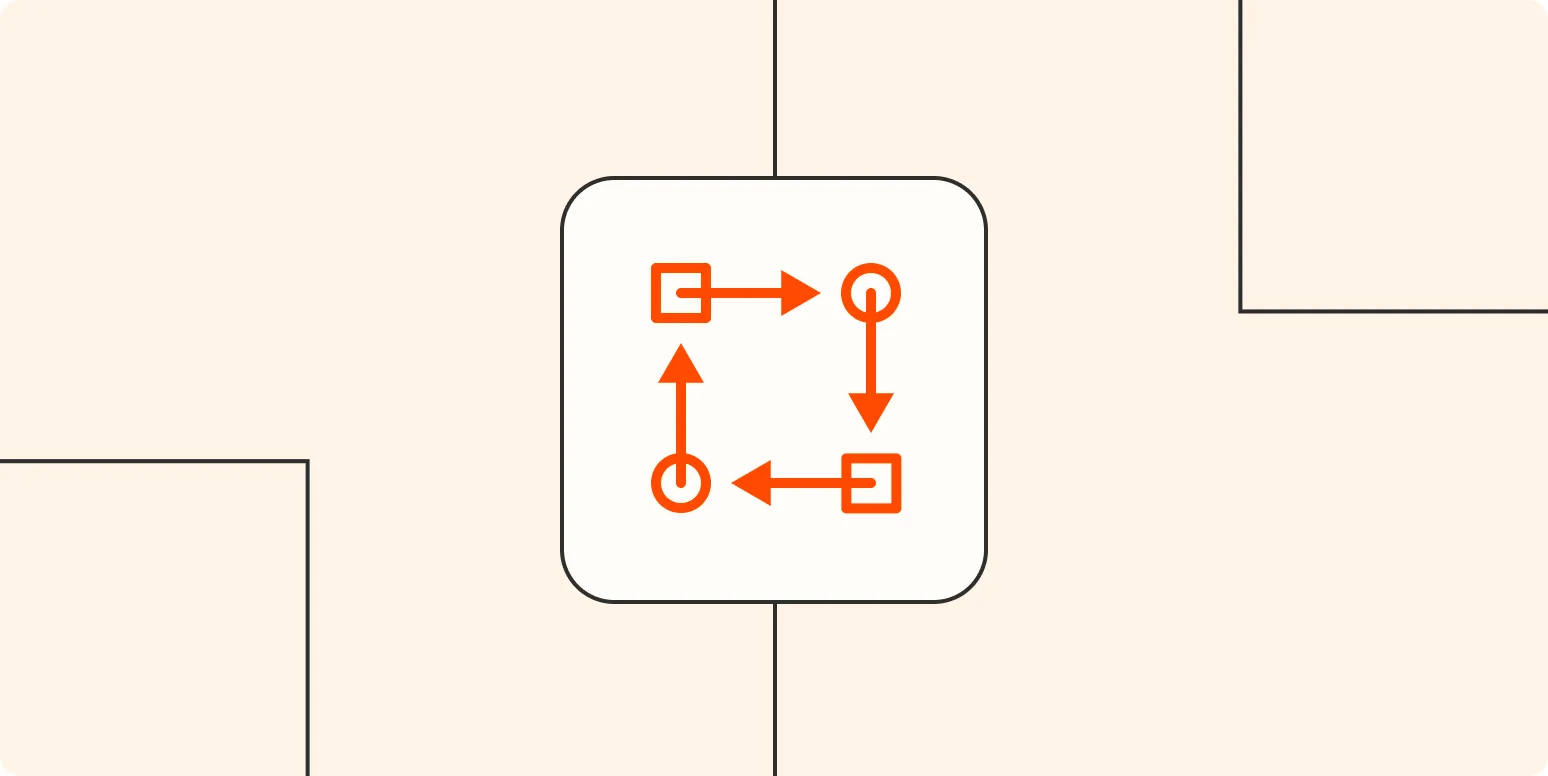Understanding the ''Product Development Life Cycle'' is essential for businesses, particularly in the dynamic world of marketing and advertising. In this article, we will explore the ''seven key stages'' of this cycle, providing insights into each phase and how they relate to successful product launches. We will also incorporate a chart to illustrate these stages clearly.
1. Idea Generation
The first stage of the ''Product Development Life Cycle'' is ''Idea Generation''. This phase involves brainstorming and coming up with new ideas for products or enhancements to existing products. Companies often employ various methods to generate ideas, such as market research, focus groups, and customer feedback. The goal is to gather a diverse range of ideas that can lead to innovative products.
2. Idea Screening
Once ideas have been generated, the next step is ''Idea Screening''. This process involves evaluating the feasibility and potential of each idea. Factors to consider include market demand, competition, and alignment with the company’s strategic goals. The aim is to eliminate ideas that are impractical or unlikely to succeed, allowing teams to focus on the most promising concepts.
3. Concept Development and Testing
After screening, the most viable ideas move into the ''Concept Development and Testing'' stage. Here, the selected ideas are transformed into detailed product concepts. This includes defining the product features, benefits, and target audience. Companies often create prototypes or mockups to test the concepts with potential customers. Feedback collected during this phase is crucial for refining the product before further development.
4. Business Analysis
The ''Business Analysis'' stage is where the financial viability of the product is assessed. This includes estimating costs, pricing strategies, sales forecasts, and overall profitability. It’s essential to analyze the potential market size and competition to determine whether the product can achieve its financial goals. This stage helps in making informed decisions about whether to proceed with the product development.
5. Product Development
In the ''Product Development'' phase, the actual creation of the product takes place. This involves engineering, design, and production planning. Teams work on developing a prototype that can be tested for functionality and performance. This stage often requires collaboration among various departments, including marketing, engineering, and manufacturing, to ensure that the product meets the initial concept and business analysis expectations.
6. Market Testing
Once the product has been developed, it moves into the ''Market Testing'' stage. This involves introducing the product to a limited audience to gauge its performance in a real-world setting. Companies may conduct pilot tests or beta releases to collect feedback on the product’s usability, appeal, and overall customer satisfaction. The insights gained from this testing phase are invaluable for making last-minute adjustments before the full-scale launch.
7. Commercialization
The final stage is ''Commercialization''. This is when the product is officially launched into the market. Companies must develop a comprehensive marketing strategy to promote the product effectively. This includes advertising, public relations, and distribution planning. Successful commercialization requires a deep understanding of the target market and a well-executed plan to capture consumer interest. It’s also vital to monitor the product’s performance post-launch to make necessary adjustments and ensure long-term success.
Conclusion
In summary, the ''Product Development Life Cycle'' consists of seven crucial stages: ''Idea Generation'', ''Idea Screening'', ''Concept Development and Testing'', ''Business Analysis'', ''Product Development'', ''Market Testing'', and ''Commercialization''. Each stage plays a pivotal role in bringing a product from an initial idea to market launch. By understanding and effectively managing these stages, businesses can enhance their chances of developing successful products that meet customer needs and drive profitability.
Chart of the Product Development Life Cycle
| Stage | Description |
|---|---|
| 1. Idea Generation | Brainstorming new product ideas. |
| 2. Idea Screening | Evaluating feasibility and potential of ideas. |
| 3. Concept Development and Testing | Creating detailed product concepts and prototypes. |
| 4. Business Analysis | Assessing financial viability and market potential. |
| 5. Product Development | Creating the actual product. |
| 6. Market Testing | Testing the product with a limited audience. |
| 7. Commercialization | Launching the product to the market. |
By following these stages diligently, companies can leverage their ''referrerAdCreative'' strategies to maximize their product’s impact and ensure they align with market demands. Understanding the nuances of each stage will enable teams to navigate the complexities of product development more effectively.





